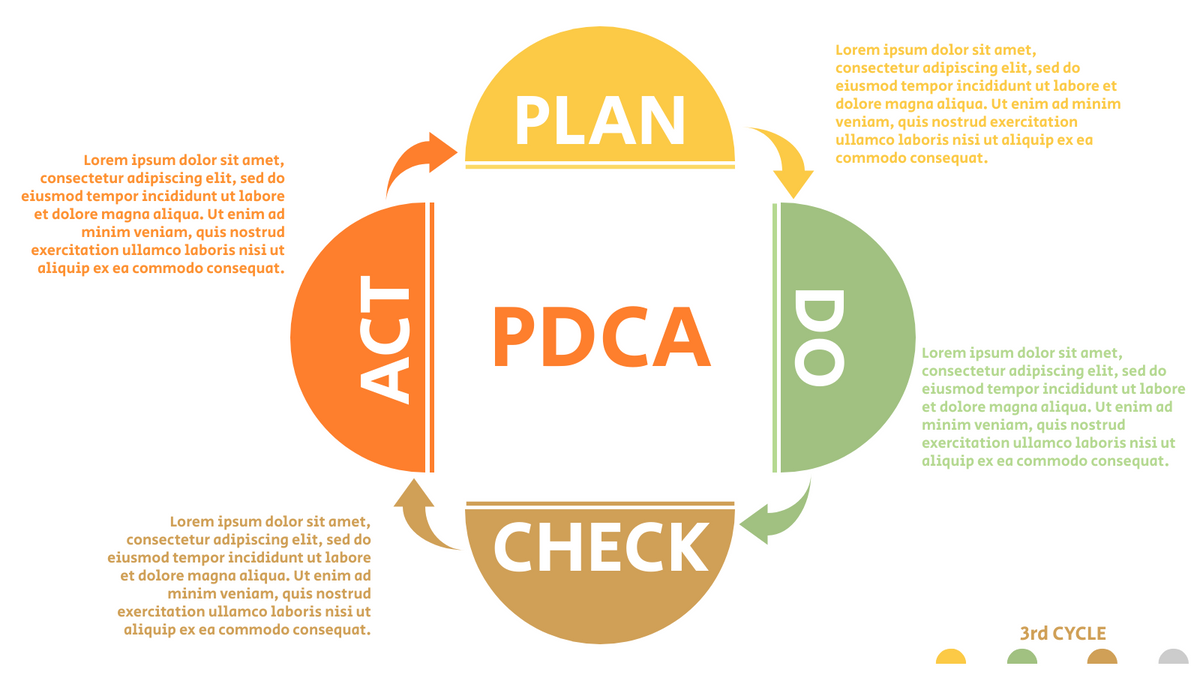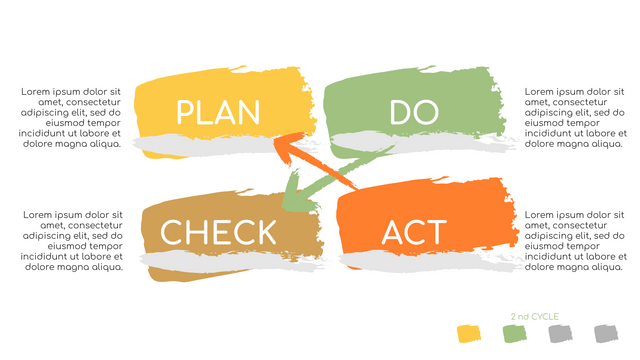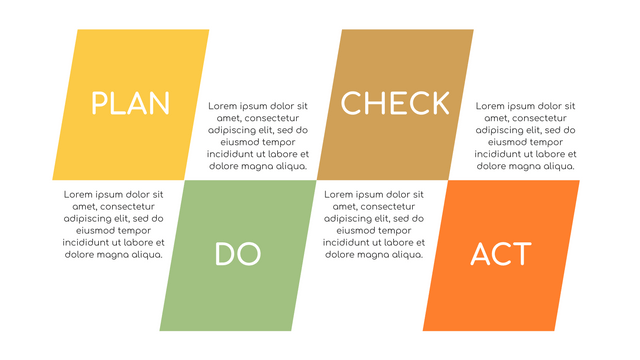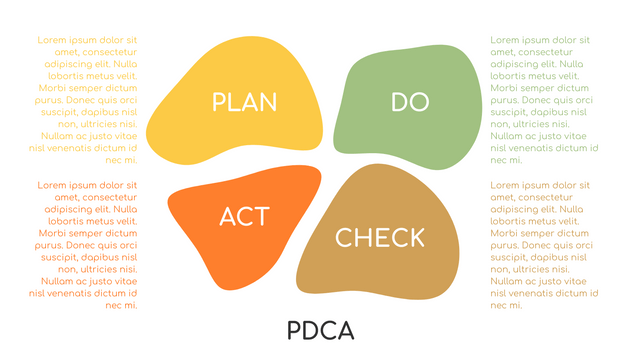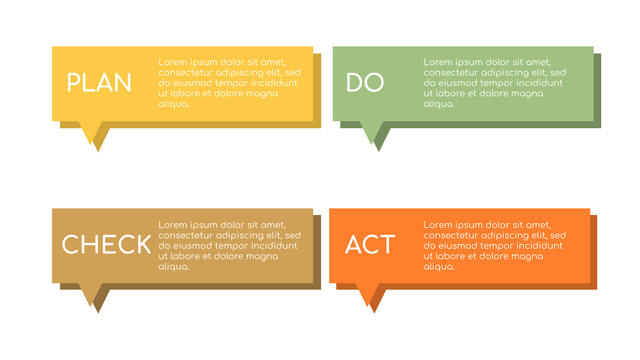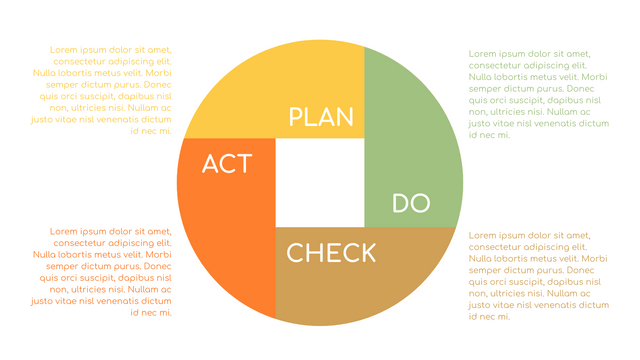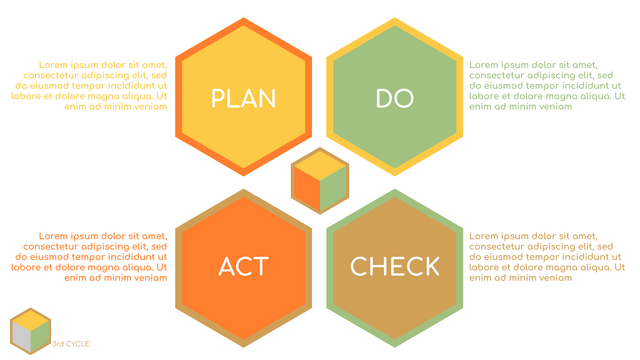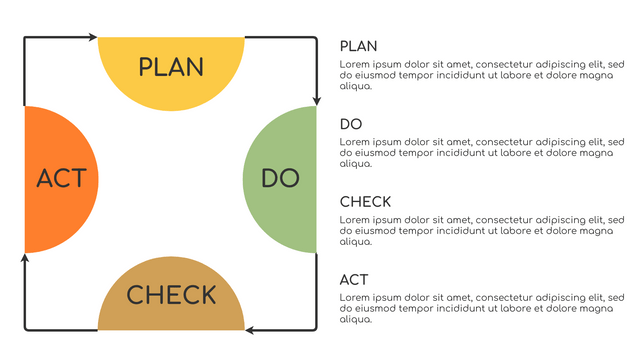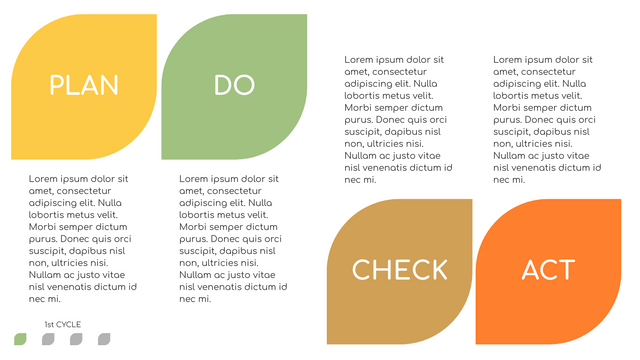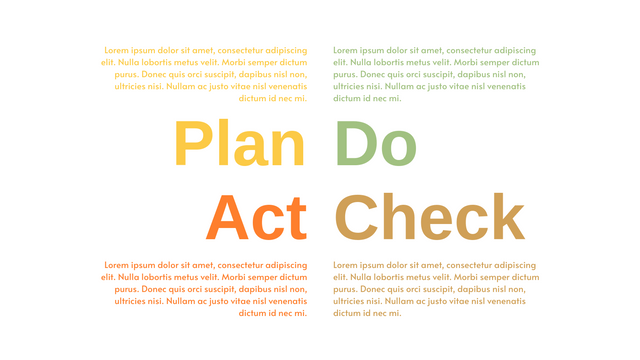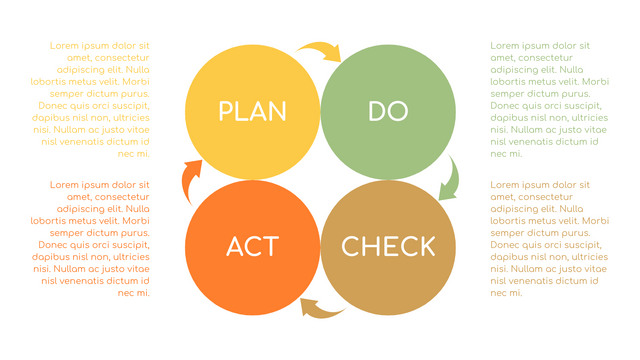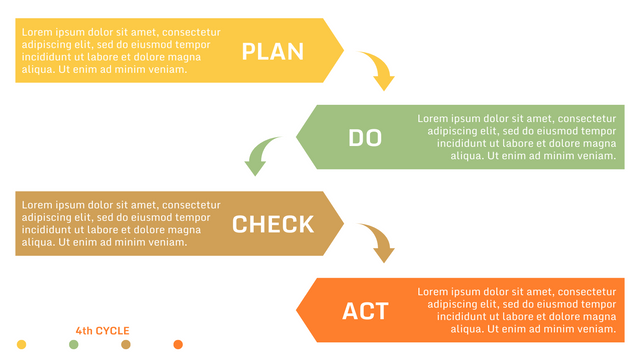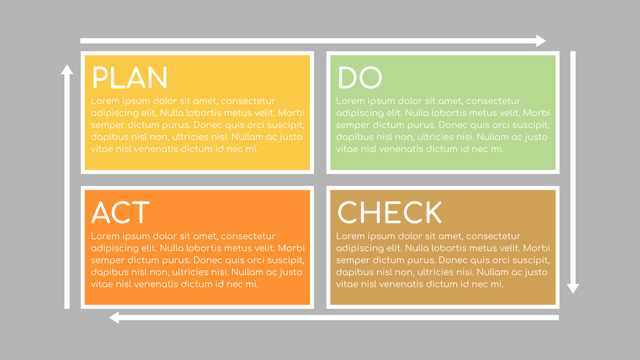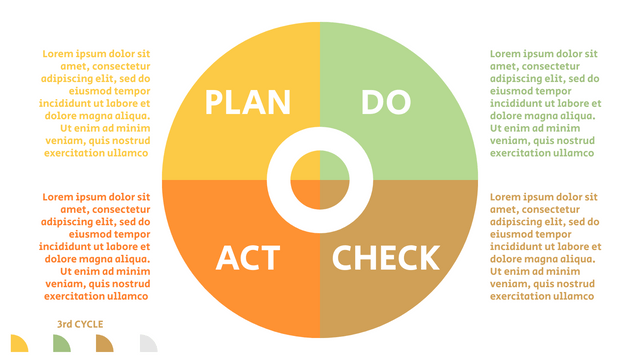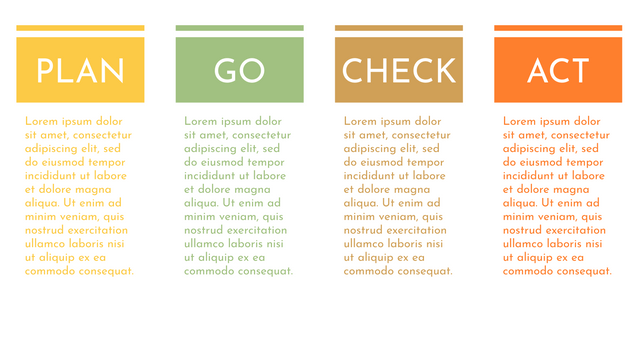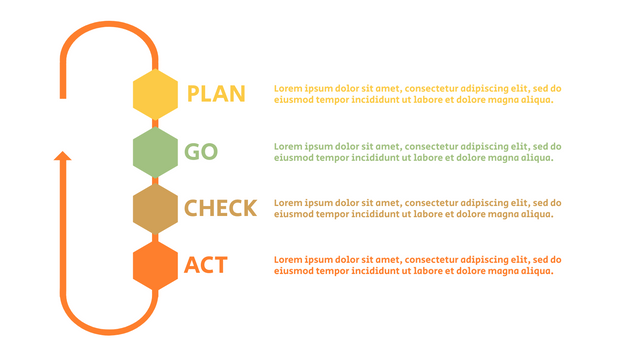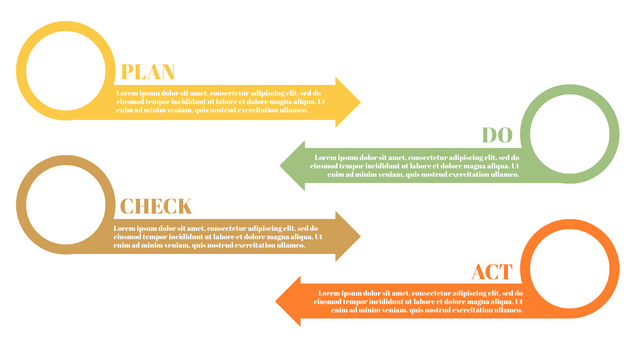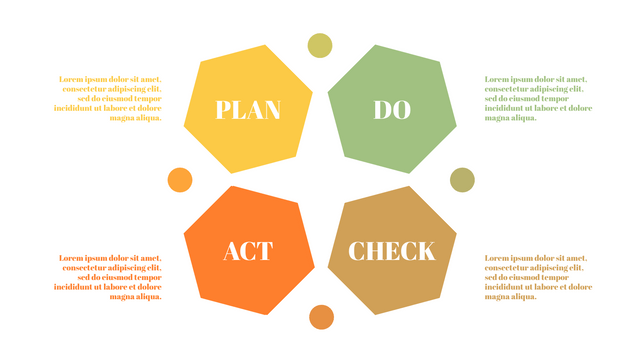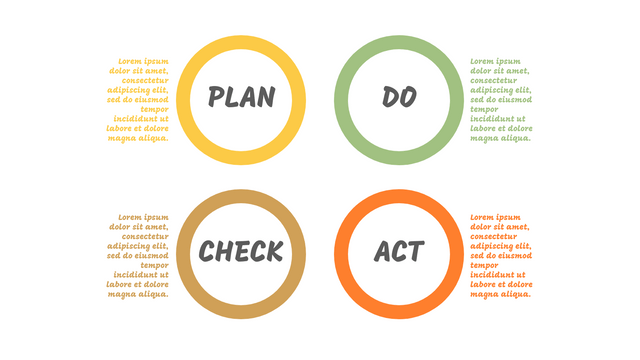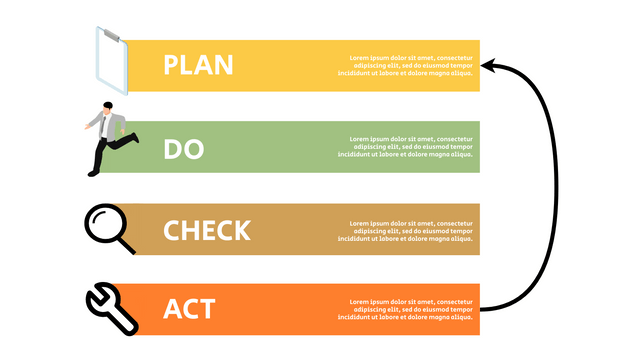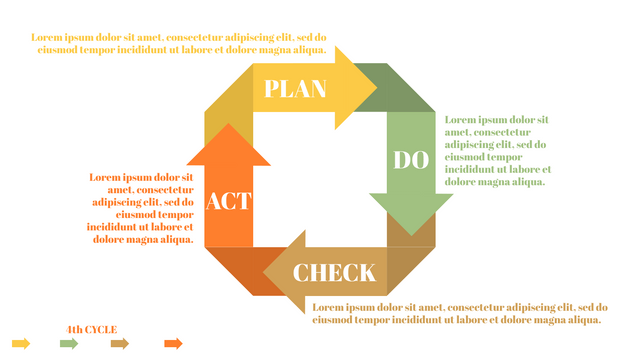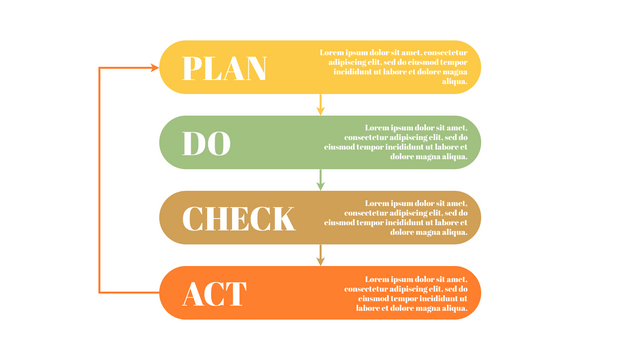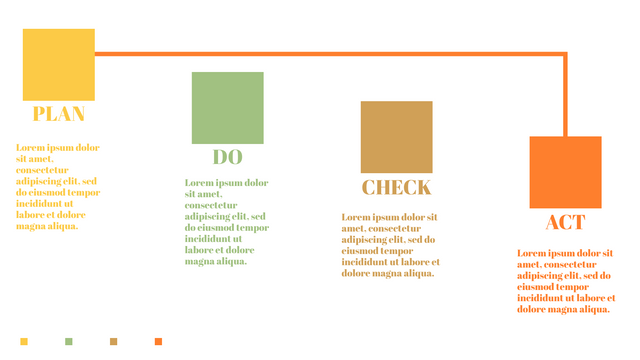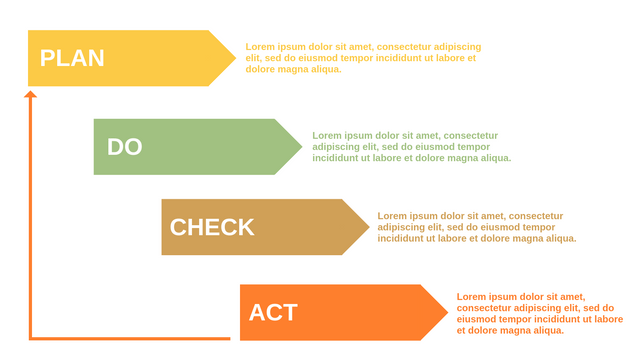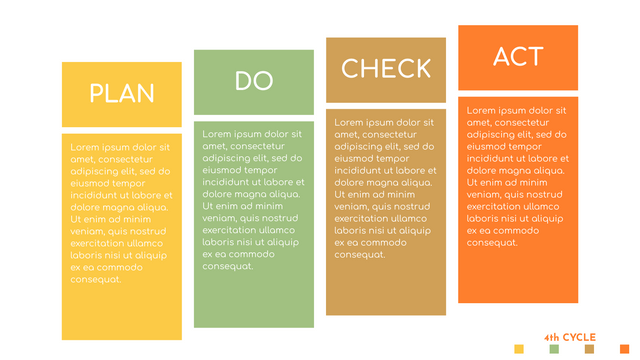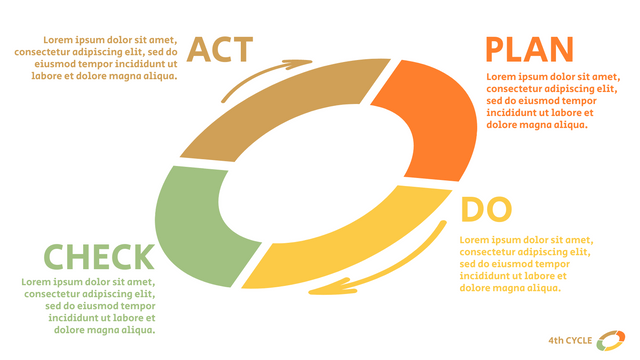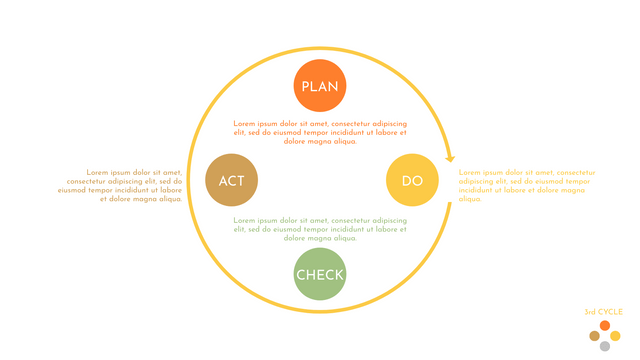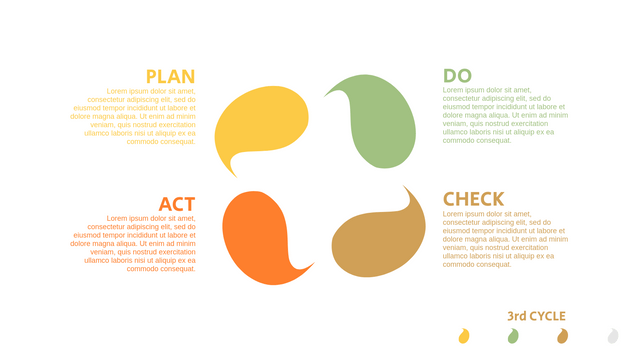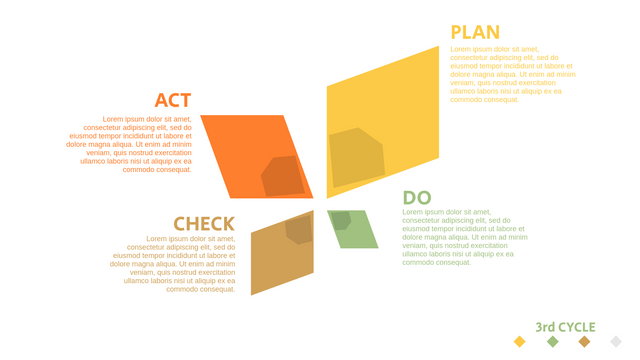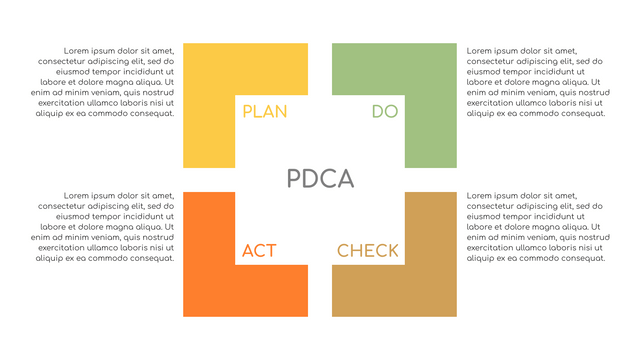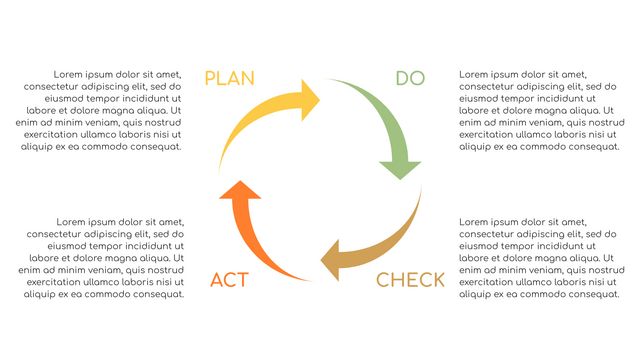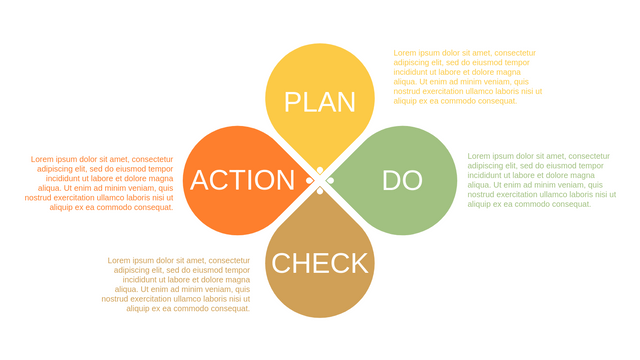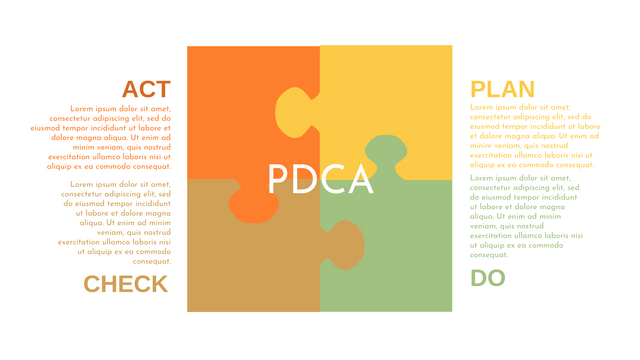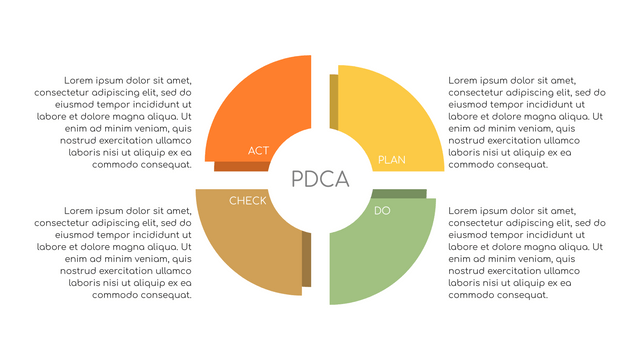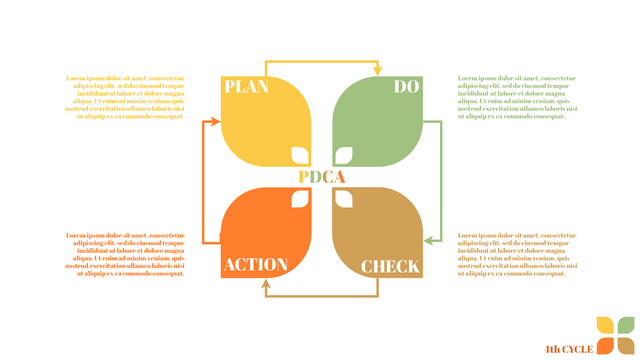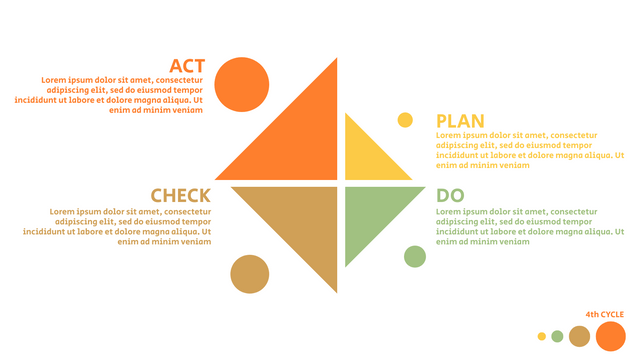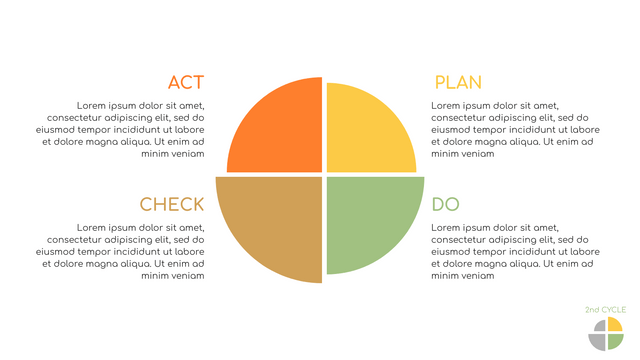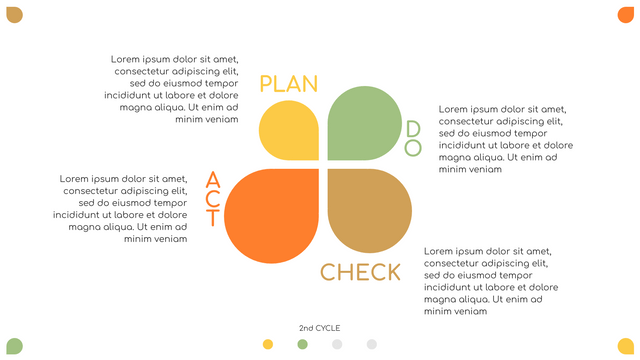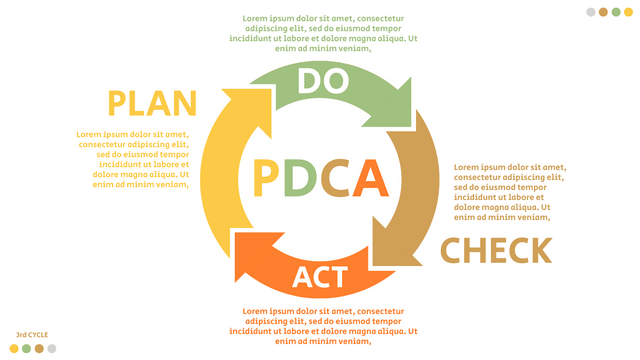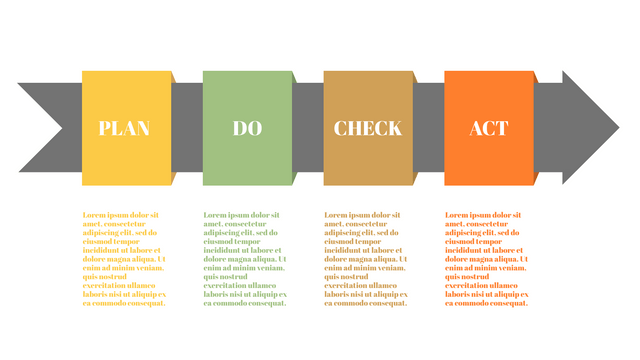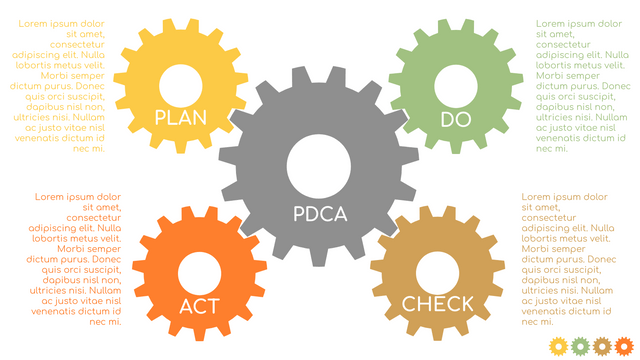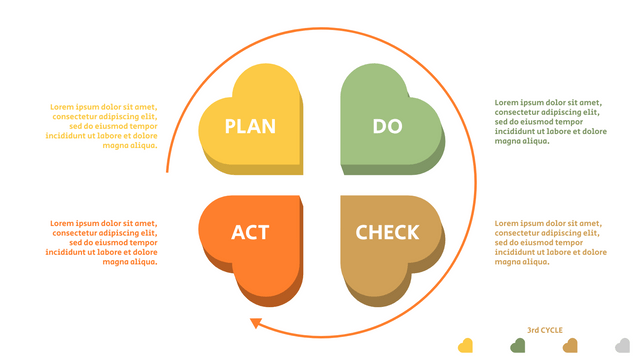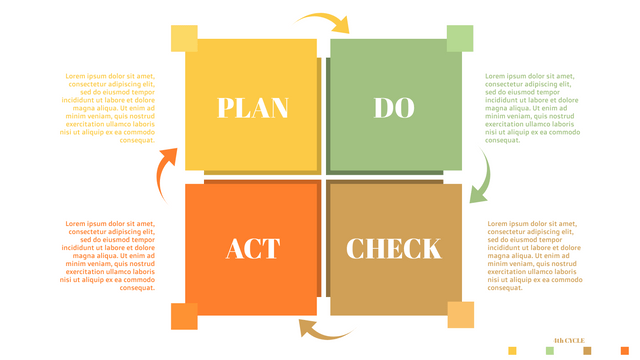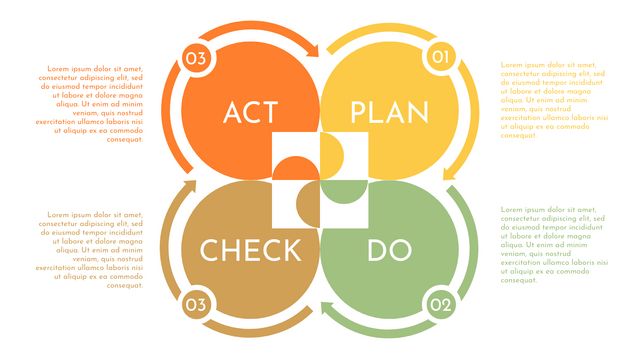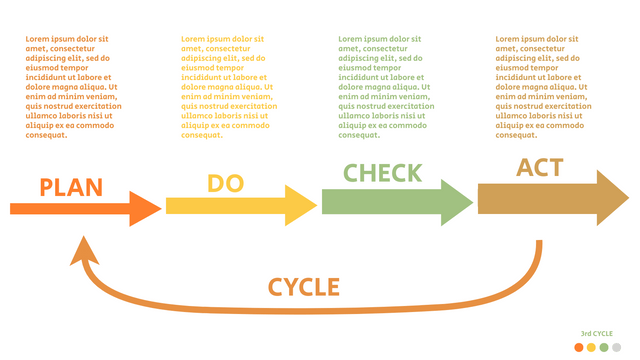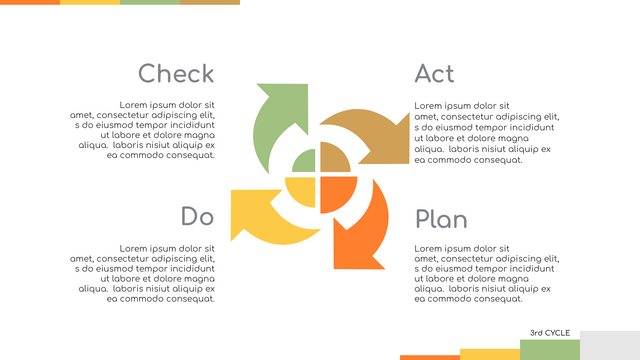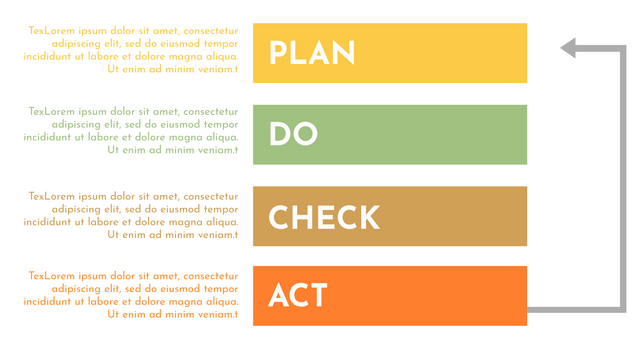American physicist Walter Andrew Shewhart, a pioneer in the field of mathematical quality control, proposed the PDCA cycle in the 1920s. Another American, Professor William Edwards Deming, was known as the master of quality control, which was popularized internationally in the 1950s and is remembered for its significance in developing manufacturing practices in the United States after World War II and for his consulting work with Japanese executives.
What is PDCA Cycle?
Deming is working to develop a way to determine what causes products to fail to meet or meet consumer needs. The PDCA approach has helped many organizations come up with ideas that need to be improved. It is important to know that in a cycle of continuous improvement, this cycle should be repeated in order to move on to the next level.
Applications of PDCA
Seek for continuous improvement.
Start a new project or service or a new initiative.
Define or enhance the current process.
Want to discover new enhanced process
enhance productivity and identity persistent problems
Eliminate wastes
PDCA stands for Plan-Do-Check-Act. These are the four stages of this continuous improvement cycle that can be applied to business and our personal lives.
Plan: plan what you are going to do
DO: execute the plan and according to the plan.
Check: analyze what you've done and check if your plan and execution is really the best way to complete a task or project.
Act: took action to correct the improvements noted during the inspection phase.
